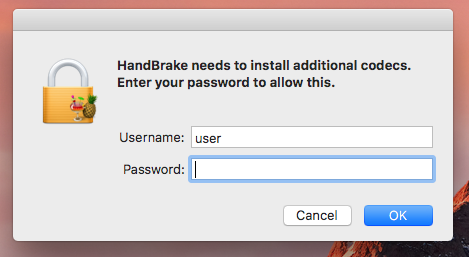
(credit: Patrick Wardle)
Hackers compromised a download server for a popular DVD-ripping software named HandBrake and used it to push stealthy malware that stole victims’ password keychains, password vaults, and possibly the master credentials that decrypted them, security researchers said Monday.
Over a four-day period ending Saturday, a download mirror located at download.handbrake.fr delivered a version of the video conversion software that contained a backdoor known as Proton, HandBrake developers warned over the weekend. At the time that the malware was being distributed to unsuspecting Mac users, none of the 55 most widely used antivirus services detected it. That’s according to researcher Patrick Wardle, who reported results here and here from the VirusTotal file-scanning service. When the malicious download was opened, it directed users to enter their Mac administer password, which was then uploaded in plain text to a server controlled by the attackers. Once installed, the malware sent a variety of sensitive user files to the same server.
In a blog post published Monday morning, Thomas Reed, director of Mac offerings at antivirus provider Malwarebytes, wrote: